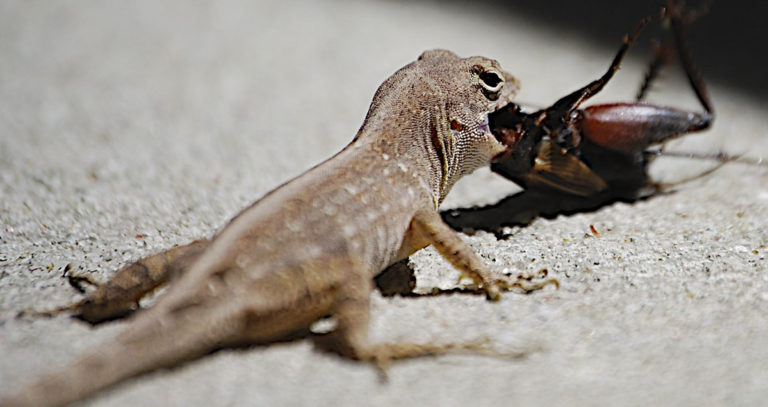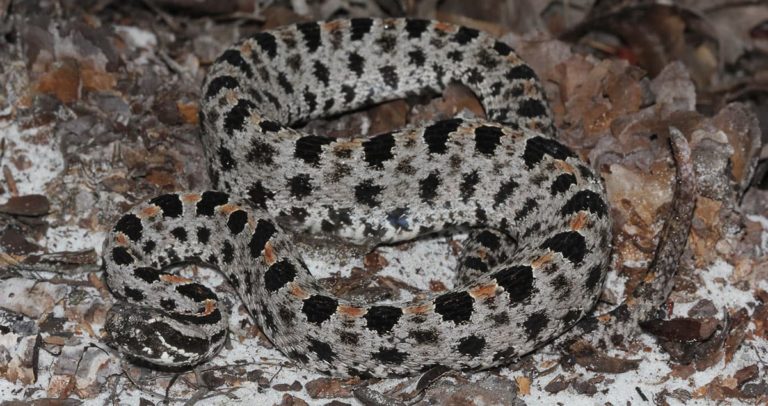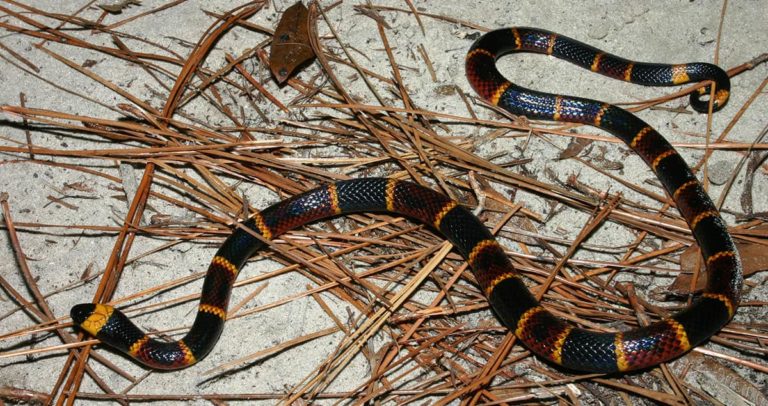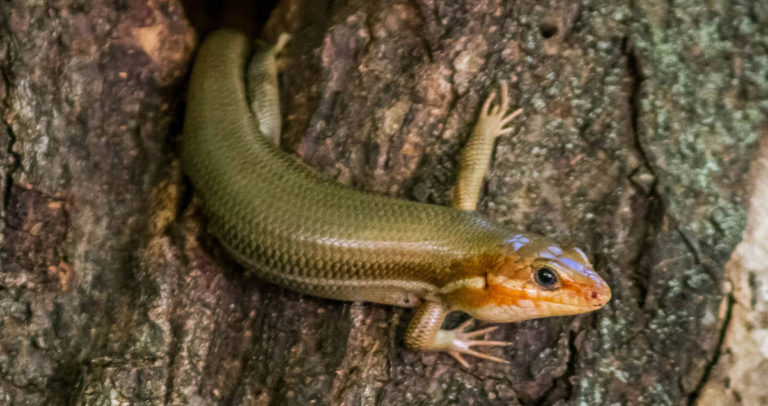Georgia Snakes That Look Like Copperheads
Copperheads are venomous snakes native to Georgia, known for their distinctive coppery-brown head and hourglass-shaped crossbands. However, several non-venomous snake species in the state share similar features, often leading to confusion and misidentification. In this article, we’ll explore the non-venomous snake species commonly mistaken for copperheads in Georgia and provide tips for accurate identification.
Non-Venomous Snake Species That Resemble Copperheads
Eastern Milk Snake (Lampropeltis triangulum)
The eastern milk snake is a non-venomous species often mistaken for copperheads due to its similar pattern. However, milk snakes have a lighter background color, usually gray or tan, with reddish-brown blotches bordered by black. Additionally, the blotches on milk snakes are more elongated and less hourglass-shaped than those on copperheads.
Eastern Corn Snake (Pantherophis guttatus)
Eastern corn snakes are another species commonly confused with copperheads. While they have a similar background color and reddish-brown blotches, corn snakes exhibit a more consistent and even pattern, lacking the hourglass shape found on copperheads. They also have a spear-shaped marking on their head, which copperheads lack.
Northern Water Snake (Nerodia sipedon)
Northern water snakes are often found near water sources and can be mistaken for the aquatic venomous cottonmouth or the terrestrial copperhead. Northern water snakes have a dark, heavy-bodied appearance with dark crossbands on their backs that may resemble copperhead markings. However, their bands are less distinct, usually narrower, and not hourglass-shaped. Additionally, water snakes have round pupils, while copperheads have vertical, slit-like pupils.
Midland Water Snake (Nerodia sipedon pleuralis)
The Midland Water Snake is another non-venomous snake species in Georgia that can be mistaken for a Copperhead due to its similar coloration and pattern. As their name suggests, Midland Water Snakes are semi-aquatic and are commonly found near bodies of water, such as lakes, ponds, and rivers.
Midland Water Snakes can grow to be between 2 to 4 feet in length. They exhibit a background color that can range from brown to gray, with dark crossbands or blotches along their bodies. These dark markings can give them a superficial resemblance to Copperheads. However, the bands on a Midland Water Snake are more irregular and tend to be narrower than those found on Copperheads. Additionally, the belly of a Midland Water Snake is generally lighter, with a combination of red, orange, or yellow coloring, and a pattern of half-moon-shaped markings.
Eastern Hognose Snake (Heterodon platirhinos)
The eastern hognose snake is a non-venomous species that may be confused with copperheads due to its defensive behavior and occasional similar coloration. Hognose snakes have an upturned snout, a key distinguishing feature, and their patterns can vary widely. While some individuals have blotches that may resemble copperhead markings, others are more uniformly colored or exhibit a completely different pattern.
Tips for Accurate Identification of Georgia’s Copperhead Look-Alikes
- Examine the pattern: Copperheads have a distinct hourglass-shaped pattern, while other species may have more elongated blotches or a more consistent pattern.
- Observe the head shape: Copperheads have a broad, triangular-shaped head, while many non-venomous species have a narrower head. However, non-venomous snakes may flatten their heads when threatened, mimicking a venomous snake’s head shape.
- Check the pupils: Copperheads have vertical, slit-like pupils, while non-venomous look-alikes typically have round pupils. Be cautious when attempting to observe a snake’s pupils, as getting too close can be dangerous.
- Look for specific features: Each species has unique features that can help differentiate them from copperheads. For example, eastern hognose snakes have an upturned snout, and eastern corn snakes have a spear-shaped marking on their head.
Importance of Correct Identification and Snake Conservation
Correctly identifying Georgia’s snake species is crucial for several reasons. First, it helps ensure human safety by allowing people to take appropriate precautions around venomous snakes. Second, it prevents the unnecessary killing of non-venomous snakes, which play a vital role in maintaining balanced ecosystems by controlling pest populations and serving as a food source for various predators.
Snakes, both venomous and non-venomous, contribute significantly to the health of Georgia’s ecosystems. By learning more about the snake species in the state and understanding how to differentiate them, we can work together to promote their conservation and protect the habitats they call home.
Conclusion
In Georgia, several non-venomous snake species are often mistaken for copperheads due to their similar appearances. By familiarizing ourselves with the distinctive features of each species, we can help reduce confusion and protect these essential members of our ecosystems. Recognizing and respecting the vital role snakes play in maintaining balanced ecosystems is crucial for preserving Georgia’s biodiversity and ensuring that these fascinating creatures continue to thrive in the state’s diverse habitats.
*Lead photo by Peter Paplanus







